At Commonwealth Contractors, our approach to building mirrors my personal philosophy on life, blending practicality with a touch of ingenuity. With a deep respect for classical building principles and a keen eye for modern improvements, you can rest assured that when you collaborate with Commonwealth Contractors, your project will be managed with quality and integrity.
Federal design carried forward the strength of Georgian architecture while introducing light and individuality. It marked the moment architecture in America found its own identity. We build with that same intention, helping our clients create homes that reflect who they are.
.svg)


The Federal style, also known as the Adam style, marks a pivotal chapter in Virginia’s architectural history. Emerging in the wake of the American Revolution, Federal architecture reflects the new nation’s desire for a distinct identity, one rooted in classical ideals but refined for a republican society. In Virginia, the Federal style flourished from the 1780s through the 1830s, leaving behind a legacy of elegant townhouses, country estates, and public buildings that continue to inspire admiration today. This article explores the origins, defining features, major architects, and enduring influence of Federal architecture in Virginia, with a focus on the region’s most celebrated examples.
In the heart of Charlottesville, VA, Commonwealth Contractors are established experts in restoring, renovating, and building homes that honor Virginia’s Federal architectural heritage. If you have any questions after reading this guide, please reach out.
The Origins of Federal Architecture in Virginia
Post-Revolutionary Aspirations and Classical Ideals
The Federal style emerged in the United States after the Revolutionary War, as Americans sought to express their new national identity through architecture. While still rooted in the classical traditions of Georgian design, Federal architecture introduced a lighter, more refined aesthetic, influenced by the work of British architects Robert and James Adam and by archaeological discoveries in Pompeii and Herculaneum.
In Virginia, the Federal style coincided with a period of economic growth and political optimism. The state’s leading citizens, many of whom played key roles in the founding of the nation, embraced the new style as a symbol of republican values, refinement, and progress.
Transition from Georgian to Federal
While Georgian architecture emphasized symmetry, mass, and classical order, the Federal style introduced greater delicacy, geometric ornament, and a focus on light-filled interiors. The transition is evident in many Virginia homes, where Georgian proportions are combined with Federal details such as fanlights, elliptical arches, and slender columns.
Defining Features of Federal Architecture
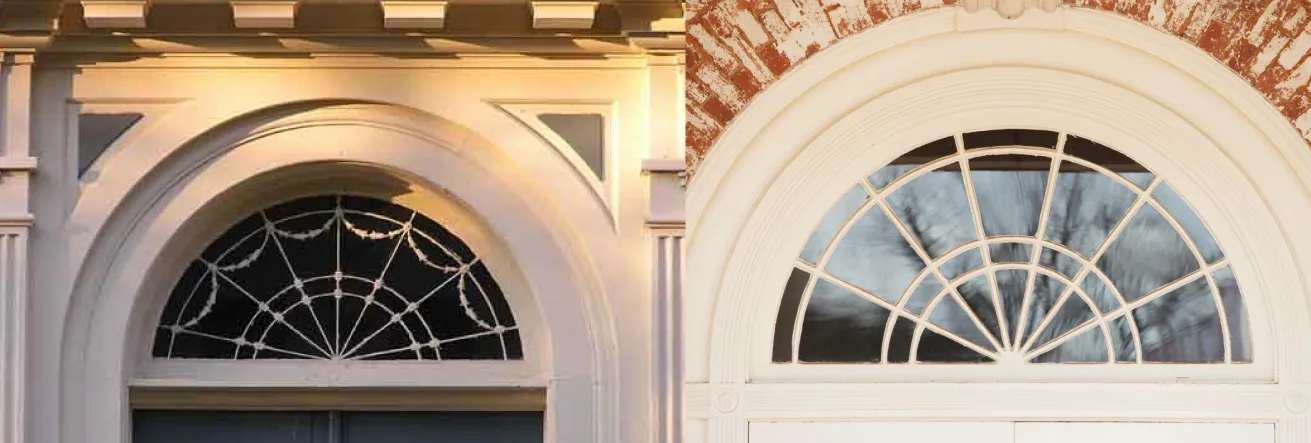
Exterior Characteristics
Federal buildings are typically two or three stories tall, with a rectangular or sometimes L-shaped plan. The facades are symmetrical, but the ornamentation is more restrained than in the Georgian period. Key features include:
- Fanlights and sidelights: Semi-circular or elliptical windows above the front door, often flanked by narrow sidelights.
- Delicate ornamentation: Use of swags, garlands, urns, and other classical motifs, often in low relief.
- Brickwork: High-quality brick, sometimes with Flemish bond patterns, but with less emphasis on decorative glazed headers than in the Georgian era.
- Windows: Double-hung sash windows, often with six-over-six or nine-over-nine panes, and thinner muntins for a lighter appearance.
- Low-pitched roofs: Sometimes hidden behind a balustrade or parapet.
Interior Features
Federal interiors are known for their elegance and refinement. Common elements include:
- Elliptical and circular forms: Seen in staircases, ceiling medallions, and room shapes.
- Geometric decorative patterns: Fluted radiating lines, delicate plasterwork, and carved wood mantels.
- Refined woodwork: Slimmer moldings, delicate chair rails, and finely detailed doors and window surrounds.
_.webp)
Iconic Examples of Federal Architecture in Virginia
Virginia boasts a wealth of Federal-style buildings, from urban townhouses to grand country estates. These structures not only exemplify the style’s defining features but also reflect the aspirations and achievements of the state’s early leaders.
- Point of Honor (Lynchburg, 1815): One of Virginia’s most sophisticated Federal buildings, featuring a symmetrical facade with two octagonal bays and a central porch supported by brick piers. Its unusual polygonal plan and refined details demonstrate the period’s architectural experimentation.
- Wier-Mauger House (Chatham, c. 1830): A textbook example of late Federal architecture, with a fanlight entrance, thick brick walls, and an English basement.
- Malvern (Albemarle County, c. 1800): Malvern is noted for its side-passage plan, formal three-bay facade, and delicate Federal stair with an unsupported upper flight.
- Cliffside (Albemarle County, 1835): Cliffside is a boldly detailed expression of Piedmont Virginia Federal-style architecture, with robust interior woodwork and ambitious exterior detailing.
- Mount Walla (Albemarle County, 1820–1840): A finely detailed Federal-style house overlooking Scottsville, with classical entry porticos and sunburst mantels.
- Woodburn (Albemarle County): A well-preserved Federal-style farm with fine woodwork and unique built-ins.
Notable Federal Architects, Builders, and Craftsmen
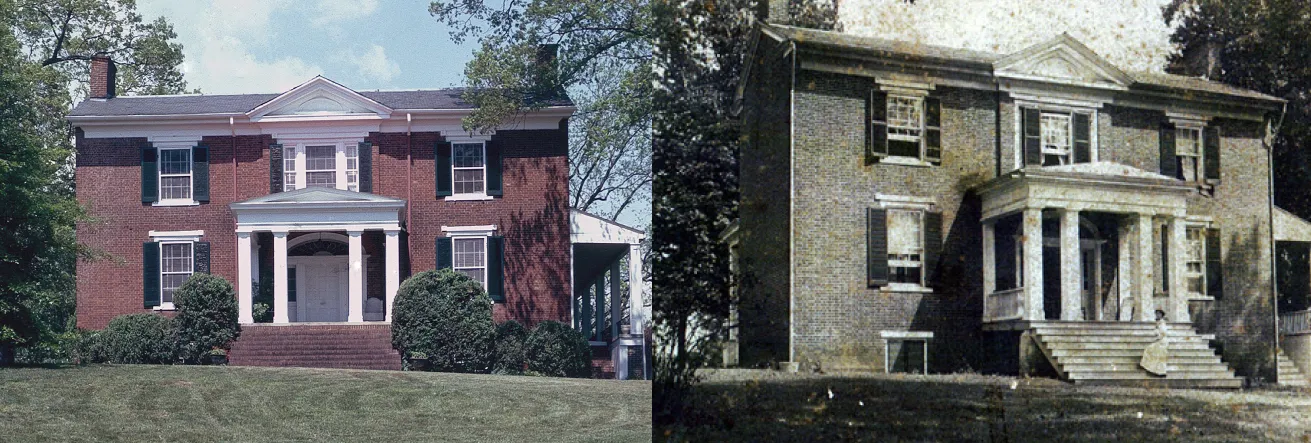
Thomas Jefferson and the Federal Style
Thomas Jefferson’s influence on Federal architecture in Virginia cannot be overstated. His designs for Monticello and the University of Virginia established neoclassical architecture as the appropriate expression of American democratic values. Jefferson’s circle of builders, including James Dinsmore, William B. Phillips, and Malcolm F. Crawford helped spread Federal and Jeffersonian ideals throughout the region.
Other Influential Figures
Other notable architects and builders of the Federal period include Benjamin Henry Latrobe, who brought European neoclassical sophistication to Virginia, and Robert Mills, who introduced Greek Revival principles to institutional and religious architecture.
Federal Architecture’s Influence on Later Styles
.webp)
Greek Revival and Jeffersonian Classicism
The Federal style set the stage for the Greek Revival movement, which swept America in the mid-19th century. Many Federal buildings were later updated with Greek Revival details, such as columned porticoes and pediments.
Jeffersonian classicism, with its emphasis on Roman models and academic rigor, also grew out of the Federal tradition, blending it with Palladian and neoclassical influences.
Colonial Revival and Enduring Appeal
In the late 19th and early 20th centuries, the Colonial Revival movement revived and reinterpreted Federal forms, making them popular for both grand estates and suburban homes. The style’s elegance, restraint, and classical proportions remain popular in Virginia to this day.
Preservation and the Modern Legacy of Federal Architecture
Historic Landmarks and Districts
Many of Virginia’s Federal buildings have been preserved as part of historic districts or listed on the National Register of Historic Places. The Southern Albemarle Rural Historic District, for example, includes properties such as Monticello, Ash Lawn-Highland, and numerous Federal and Colonial Revival houses.
Other notable districts, such as the Batesville and Covesville Historic Districts, showcase the evolution of rural communities from the Federal period through the 19th and 20th centuries.
Contemporary Relevance
Today, Federal architecture continues to inspire homeowners, architects, and builders in Virginia. Whether restoring an original 19th-century house or designing a new home in the Federal tradition, the principles of proportion, craftsmanship, and harmony with the landscape remain as relevant as ever.
The Enduring Power of Federal Architecture in Virginia
Federal architecture in Virginia is a reflection of the state’s republican ideals, artistic refinement, and cultural ambition. Its elegant townhouses, country estates, and public buildings have shaped the state’s identity for over two centuries. The influence of Federal design can be seen in every subsequent architectural movement, from Greek Revival and Jeffersonian classicism to the Colonial Revival and beyond.
If you are considering restoring a historic home, building a new residence in the Federal tradition, or simply want to learn more about Virginia’s architectural heritage, Commonwealth Contractors offers unmatched expertise and a deep respect for the region’s history. Contact us today to discuss your project and discover how we can help you bring the timeless beauty of Federal architecture to life in your home.

.svg)
.webp)

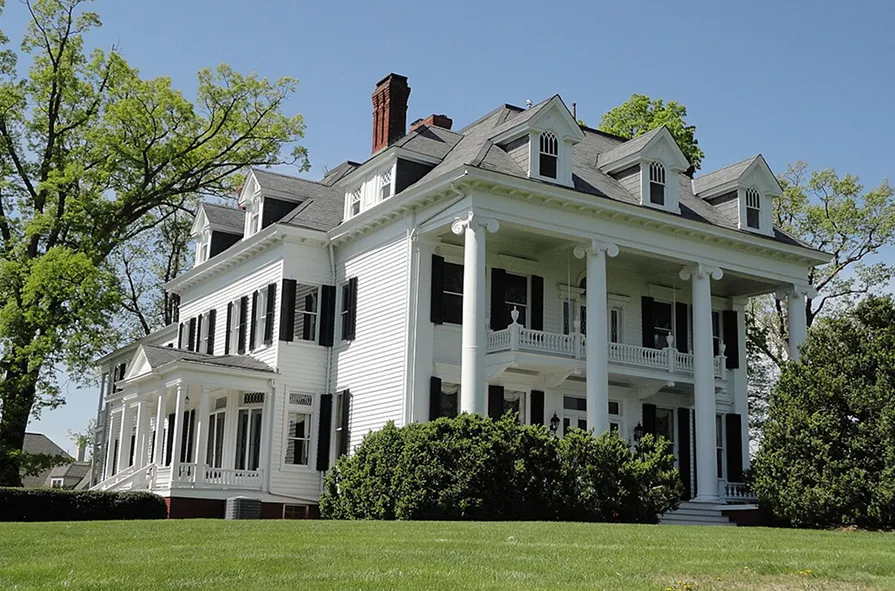
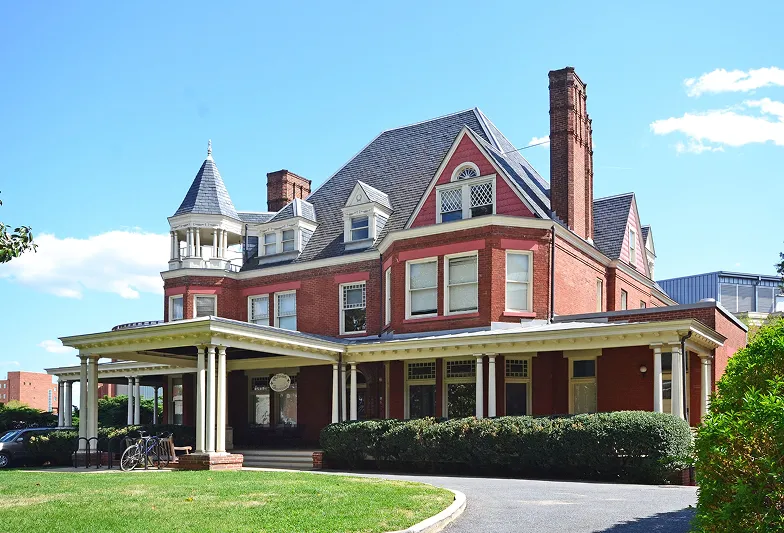
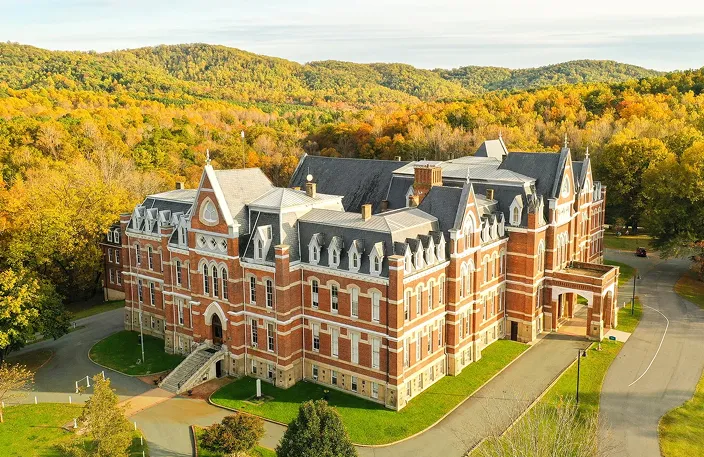
.webp)
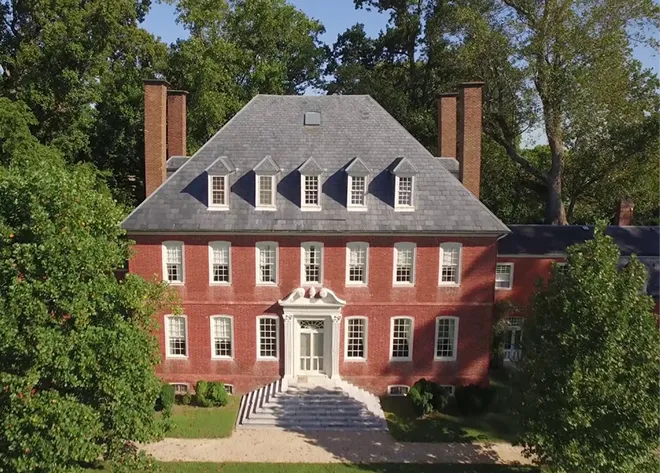
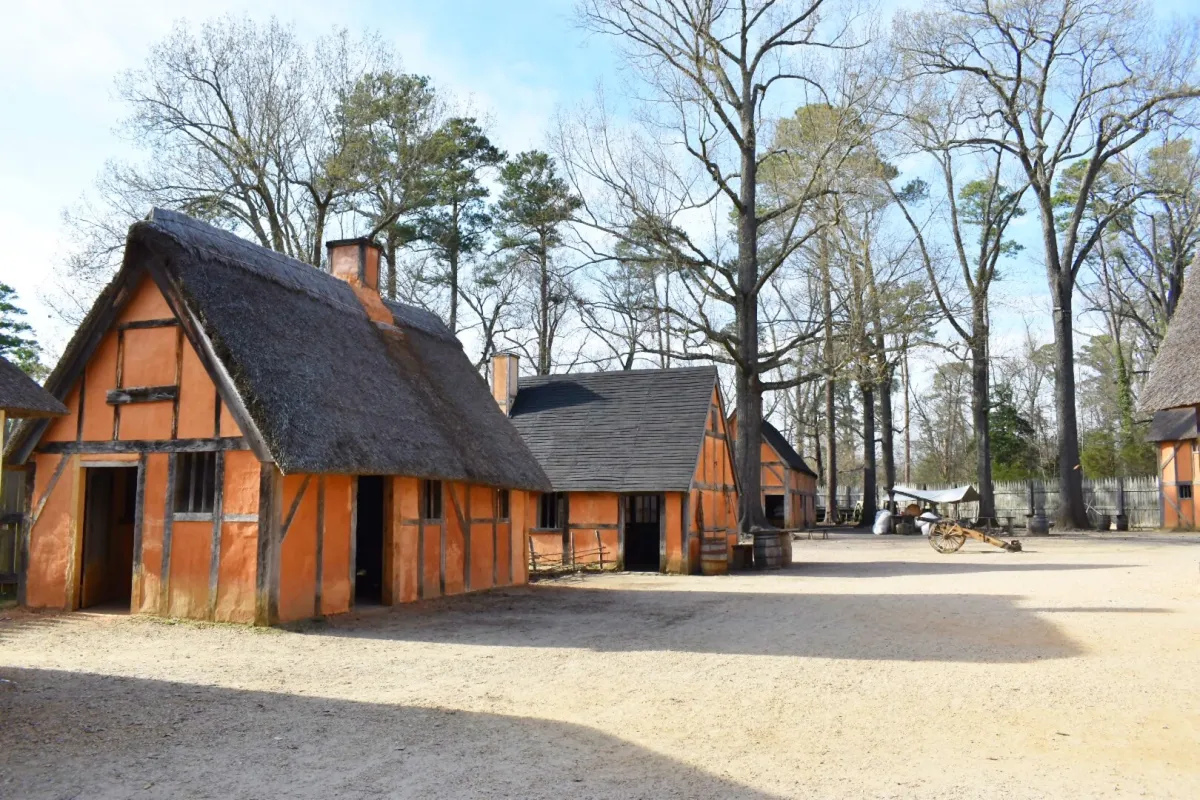
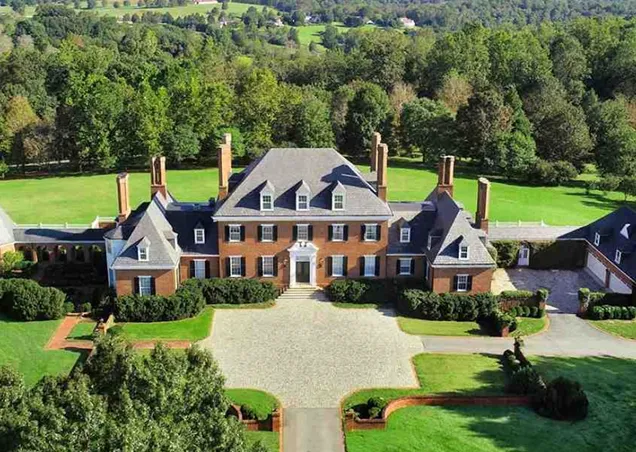
.webp)
.webp)











.webp)
.webp)

.webp)
.webp)
%2520(1).webp)
%2520(1).webp)
%2520(1).webp)

.webp)
.webp)
%2520(1).webp)
%2520(1).webp)

%2520(1).webp)
%2520(2).webp)

%2520(1).webp)
%2520(2).webp)
.webp)



.webp)
.webp)
%2520(2).webp)
.webp)
.webp)
%2520(1).webp)

.webp)
%2520(3)%2520(1).webp)
.webp)
%2520(1)%2520(1).webp)
.webp)
%2520(1).webp)
%2520(2)%2520(1).webp)